Rupee slips 29 paisa amid import pressure
External outflows, SBP purchases also weigh; gold down Rs3,000/tola
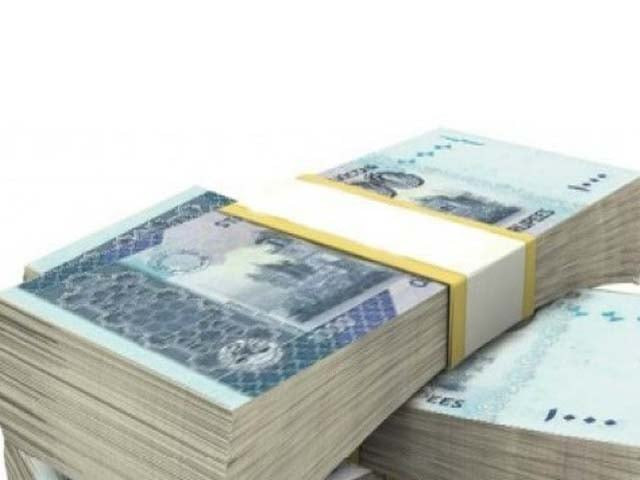
After a brief pause, the Pakistani rupee continued its decline against the US dollar on Wednesday, falling by 0.10% in the inter-bank market amid increasing import payments, profit repatriation by multinational companies, and a cautious sentiment ahead of upcoming external debt repayments.
The currency closed at 284.96, marking a depreciation of 29 paisa from Tuesday's closing rate of 284.67.
This resumption of the downward trajectory follows a marginal appreciation of the rupee against the US dollar on Tuesday, when it gained 0.02%. By the end of the trading session, the rupee had closed at 284.67, up by five paisa from the previous day's close at 284.72.
"The Pakistani rupee weakness stems from persistent demand for the dollar amid rising import payments, profit repatriation by multinationals, and cautious sentiment ahead of upcoming external debt repayments," said Arif Habib Ltd Deputy Head of Trading Ali Najib.
In addition, the SBP is also consistently buying the US dollar from the market, taking its intervention to over $6 billion in 8MFY25, a deliberate strategy to rebuild forex reserves, driven by strong remittances, IMF funding, and debt rollover considerations, he added.
Despite improving forex reserves, speculative activity and global dollar strength continue to weigh on the rupee, he said. Without stronger inflows or policy tightening, the currency is likely to face further mild depreciation in the short term.
Globally, the US dollar strengthened on Wednesday alongside rising Treasury yields. The uptick followed fresh US inflation data, which suggested that President Donald Trump's renewed tariff measures may be beginning to filter into consumer prices, further pressuring currencies like the Japanese yen.
Gold prices in Pakistan declined on Wednesday, in contrast to the international market, where bullion rose on the back of escalating tensions in the Middle East, tariff uncertainty, and weaker US producer price data.
According to the All Pakistan Sarafa Gems and Jewellers Association, the price of gold fell by Rs3,000 per tola, settling at Rs356,000. Similarly, the rate for 10 grams dropped by Rs2,572 to Rs305,212.
This follows Tuesday's decline of Rs700 per tola, when the price had closed at Rs359,000.
Interactive Commodities Director Adnan Agar said the recent resurgence in global prices was tied to the revival of tariff concerns linked to Trump's trade stance. "The Trump tariff issue has resurfaced. Because of that, the market is likely to remain in this range."
Agar identified strong support at $3,300, suggesting the market could range between $3,380 and $3,420 in the near term unless fresh developments alter the outlook.
Globally, spot gold rose 0.2% to $3,328.14 per ounce, as of 0937 am EDT (1337 GMT). US gold futures edged 0.1% lower to $3,333.60, according to Reuters.

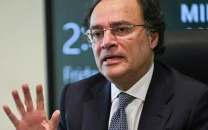




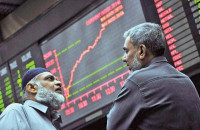
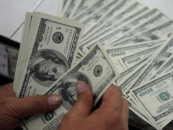





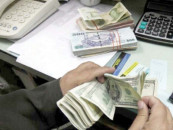







COMMENTS
Comments are moderated and generally will be posted if they are on-topic and not abusive.
For more information, please see our Comments FAQ